10 Of The Most Mesmerizing Places On Earth
The world is full of mesmerizing places, such as Angel Falls, Blue Lagoons, and the Dead Sea. Here is the list of the top 10 mesmerizing sites and more (updated).
- Zhangjiajie National Forest Park (China)
- Waitomo Glowworm Caves (New Zealand)
- Salar de Uyuni (Bolivia)
- Galapagos Islands (Ecuador)
- Antelope Canyon (Arizona)
- Palace of Versailles (Versailles, France) more
- Son Doong Cave (Vietnam)
- Napali Coast State Wilderness Park (Kauai, Hawaii)
- Sea of Stars (Vaadhoo Island, Maldives)
- and much more / updated
Exploring the Wonders of the World: A Journey to Remember
The world is a vast and beautiful place, filled with incredible sights and experiences just waiting to be discovered. From natural wonders to man-made marvels, there’s something to inspire and amaze everyone. And what better way to experience these incredible destinations than with a reliable travel wallet by your side, keeping your essentials safe and organized? Check out our stylish and functional collection of travel wallets designed to make your journey as smooth as possible.
Capturing Memories that Last a Lifetime
As you embark on your global adventures, don’t forget to pack a high-quality camera to capture the breathtaking scenery and unforgettable moments. A 1080p HD camera is a great option, allowing you to record your experiences in stunning detail. Whether you’re exploring the ancient ruins of Machu Picchu or witnessing the ethereal glow of the Waitomo Glowworm Caves, a camera will help you preserve those memories forever.
Gear Up for Adventure with the GT Rebel Collection
For the adventurous souls seeking to explore the world’s most challenging terrains, our GT Rebel men's wallets collection offers durable and reliable gear to accompany you on your expeditions. From rugged wallets to RFID-protected travel wallets, we’ve got you covered, ensuring you’re well-equipped to tackle any adventure that comes your way.
Delving Deeper into the World’s Most Mesmerizing Places
The world is brimming with mesmerizing places, each offering a unique and unforgettable experience. Here are some of the most awe-inspiring destinations that should be on every traveler’s bucket list:
ZHANGJIAJIE NATIONAL FOREST PARK
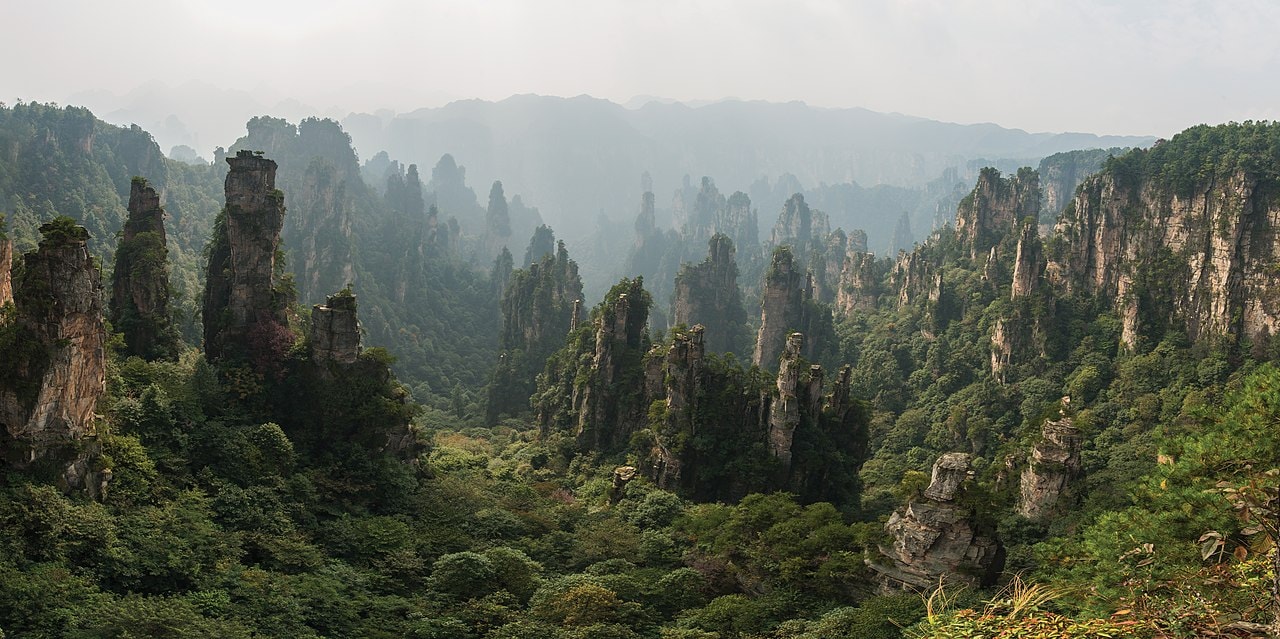
By chensiyuan - chensiyuan, CC BY-SA 4.0, https://commons.wikimedia.org/w/index.php?curid=22046362
China’s Zhangjiajie National Forest Park is a natural phenomenon location that resembles something straight from your favorite sci-fi movie. Towering red sandstone pillars are the extraordinary signature feature of the green park. Visitors can see the pillars above by taking the world’s tallest outdoor elevator or crossing the world’s highest and longest glass-bottom bridge.
WAITOMO GLOWWORM CAVES
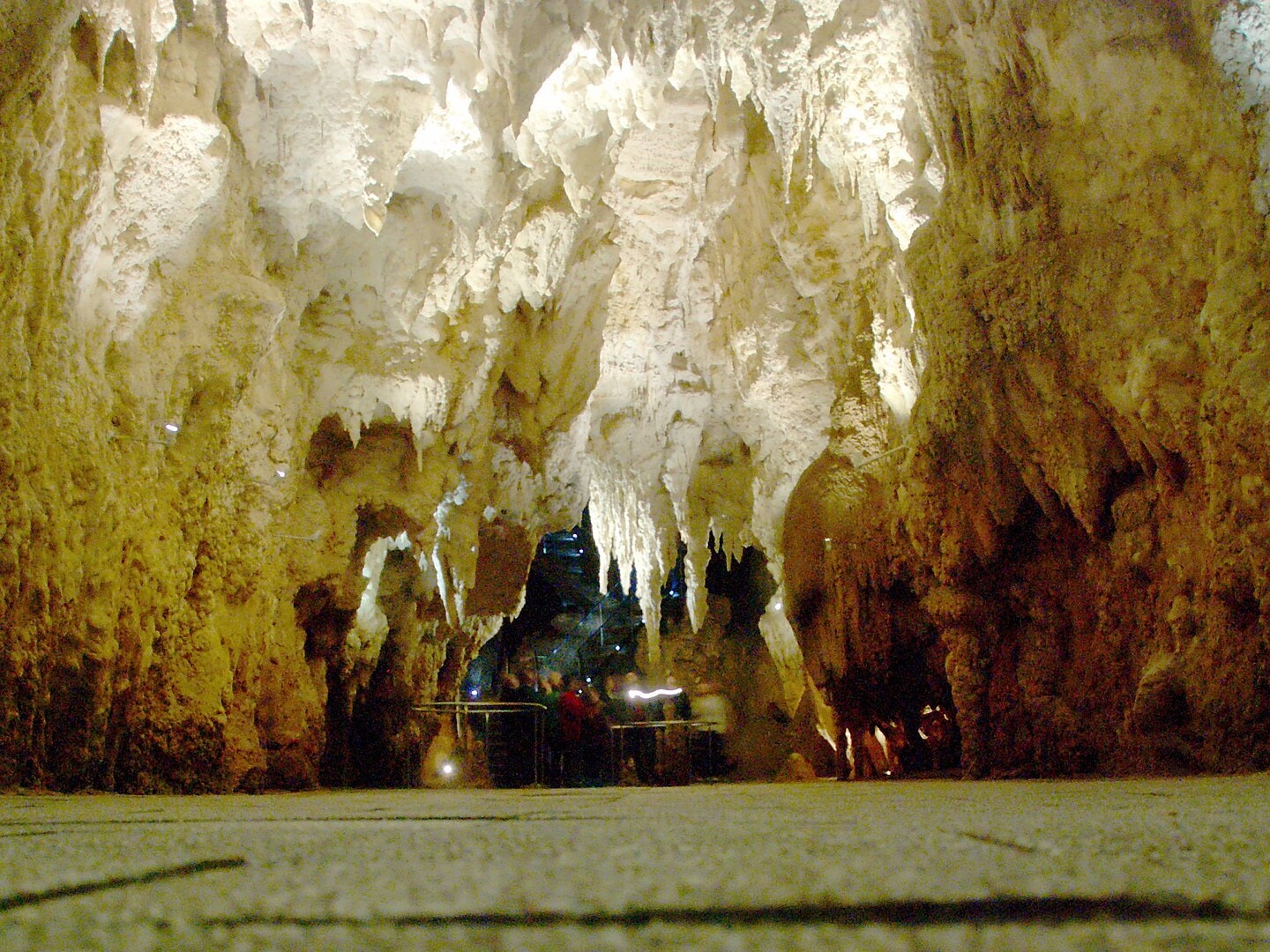
By Karora - Own work, Public Domain, https://commons.wikimedia.org/w/index.php?curid=2917411
A population of glowworms called Arachnocampa Luminosa illuminates the Waitomo Caves on the North Island of New Zealand. These glowworms, which are unique to New Zealand, create a natural spectacle that illuminates the cave’s ceiling, creating the illusion of an overhead sky full of stars. Thousands of them live along with the cave’s ceiling form, creating the illusion of an overhead sky full of stars.
SALAR DE UYUNI
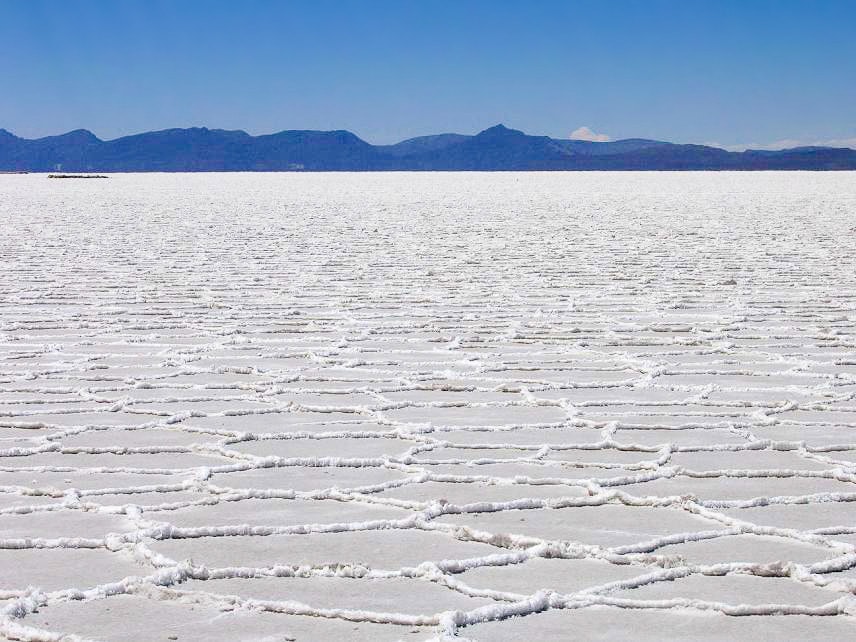
By Anouchka Unel - Own work, FAL, https://commons.wikimedia.org/w/index.php?curid=519745
Salar de Uyuni in Bolivia is a natural phenomenon and the world’s largest salt flat, stretching more than 4,000 square miles. It is devoid of wildlife or vegetation and is known for its extreme flatness and clear skies. This creates a reflective, mirror-like reflective surface in the wet season and a fascinating polygonal crack pattern in the dry season.
GALAPAGOS ISLANDS

By Diego Delso, CC BY-SA 4.0, https://commons.wikimedia.org/w/index.php?curid=42475111
The Galapagos Islands are a natural spectacle with a diverse array of animals that can’t be seen anywhere else in the world. The remote volcanic islands, which are part of Ecuador, are located more than 600 miles west of the mainland in the Pacific Ocean. They are part of a national park considered by UNESCO to be a “living museum and showcase of evolution.” of the Earth.
ANTELOPE CANYON
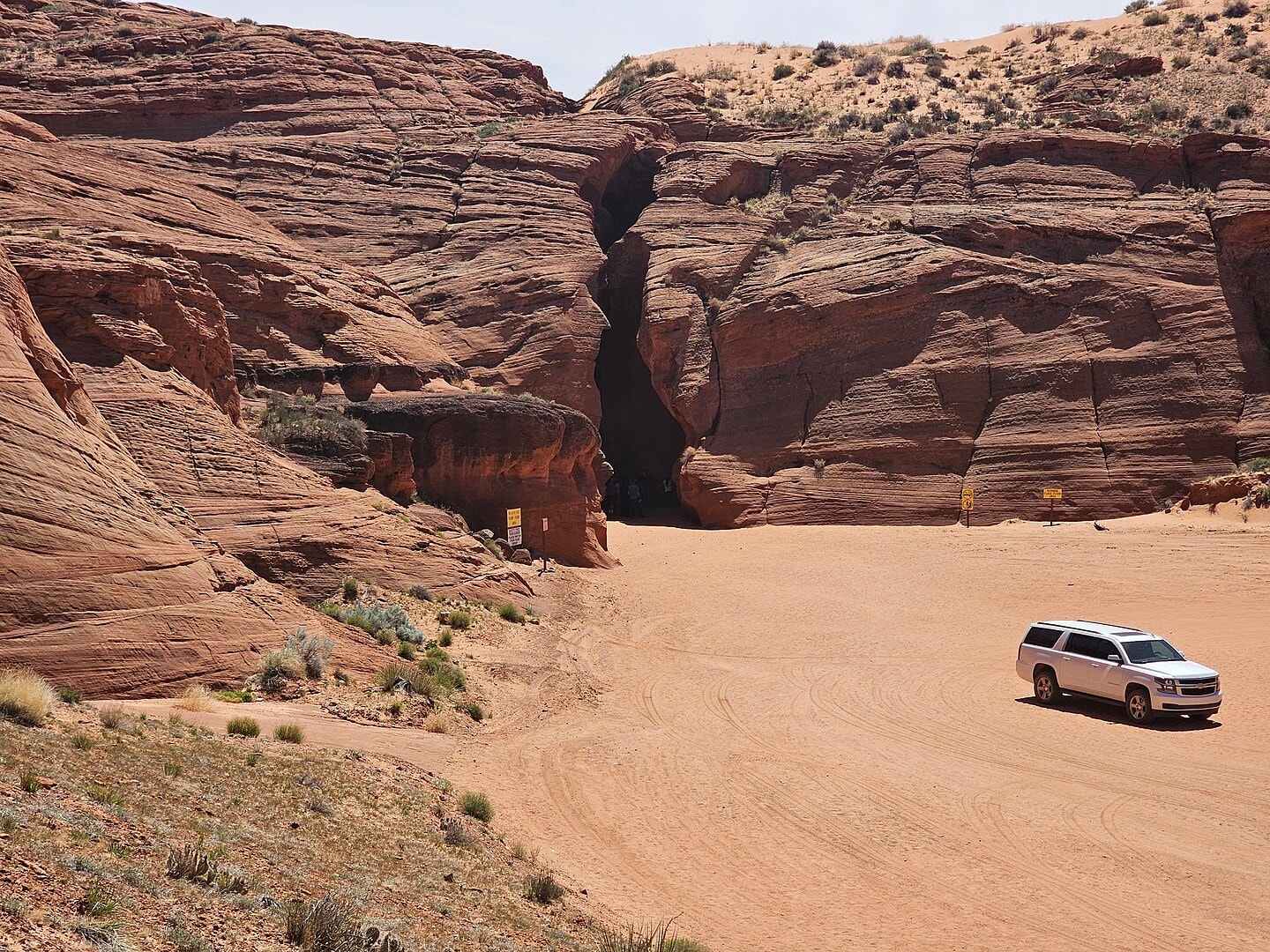
By TerraFrost - Own work, CC BY 4.0, https://commons.wikimedia.org/w/index.php?curid=148038429
Located on Navajo land in Arizona, Antelope Canyon is a natural phenomenon and a breathtaking, picturesque slot canyon with colorful, wavy walls illuminated by streaming beams of light. The canyon has “upper” and “lower” portions, each with different natural lighting and formations created by erosion. The canyon is one of the most beautiful places in America’s state and national parks.
SON DOONG CAVE WORLD'S LARGEST CAVE
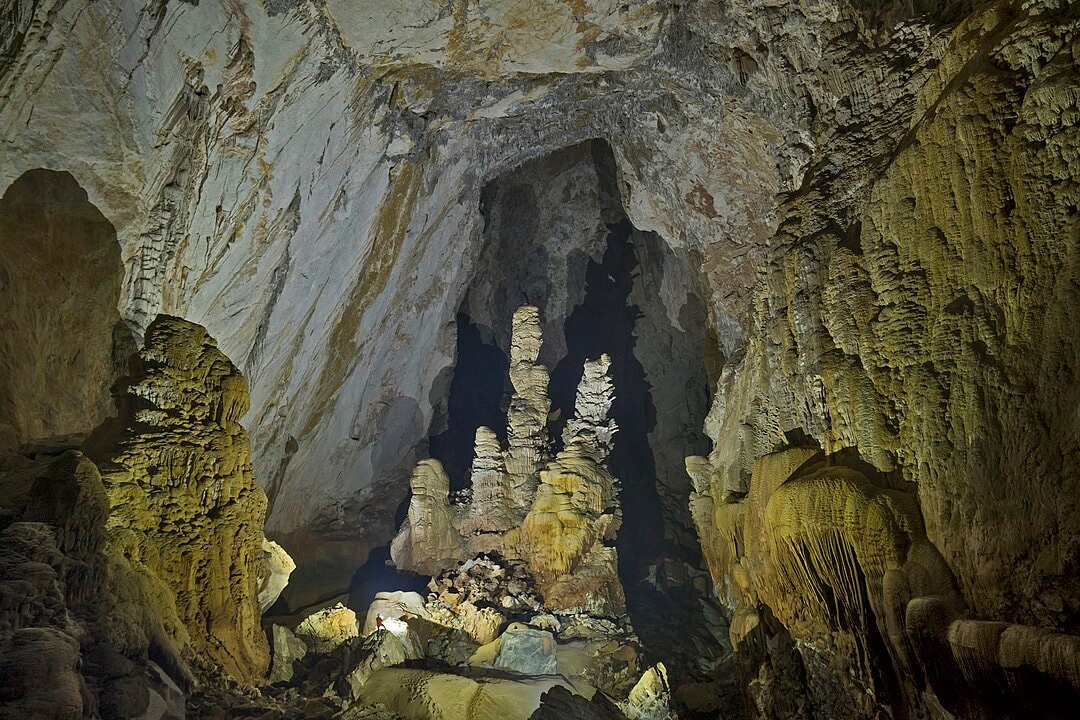
By Dave Bunnell - Own work, CC BY-SA 4.0, https://commons.wikimedia.org/w/index.php?curid=69990747
Hang Son Doong in Vietnam’s Phong Nha Ke Bang National Park is a natural phenomenon and the world’s largest cave. It wasn’t discovered until 1990 and wasn’t open to the public until 2013. More people have stood at the summit of Mount Everest than experienced this natural spectacle. It is so large it has its own weather system, complete with clouds, inside, and a 747 airplane could quickly fly through it.
NAPALI COAST STATE WILDERNESS PARK
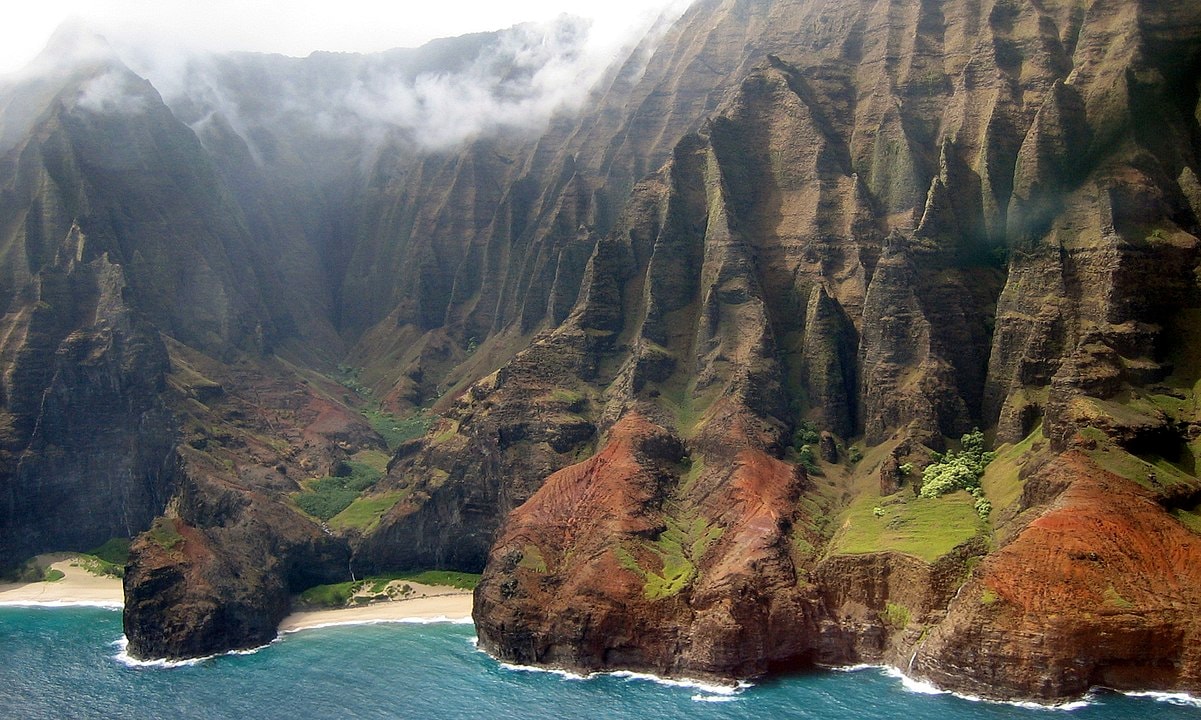
By en:User:Justforasecond - Own work, CC BY 2.5, https://commons.wikimedia.org/w/index.php?curid=9878147
The 17-mile stretch known as the Napali Coast on the Hawaiian island of Kauai is a natural spectacle and a national park with breathtaking natural beauty. The 11-mile Kalalau foot trail has unparalleled views of isolated beaches and lush river valleys.
SEA OF STARS

Image: PawelG Photo/Getty Images
The waters around Vaadhoo Island, part of the Maldives in the Indian Ocean, are home to a magical natural phenomenon nicknamed the “Sea of Stars.” The phenomenon occurs when billions of disturbed microorganisms called dinoflagellates emit a bluish glow, much like aquatic fireflies.
GRAND CANYON NATURAL WONDER

By Murray Foubister - https://www.flickr.com/photos/mfoubister/8645178272/, CC BY-SA 2.0, https://commons.wikimedia.org/w/index.php?curid=51850121
The Grand Canyon National Park - one of the most mesmerizing places on Earth, located in Arizona, USA, is a natural spectacle and one of the most iconic natural wonders in the United States. This UNESCO World Heritage Site is a steep-sided canyon carved by the Colorado River, stretching an impressive 277 miles long, up to 18 miles wide, and a mile deep. Visitors can embark on a trip to this breathtaking terrain by hiking, camping, or taking a scenic drive along the rim, offering unparalleled views of the Colorado River below and the surrounding mountains. It is also home to a diverse array of wildlife, including condors, eagles, and bighorn sheep, making it a must-visit destination for nature enthusiasts.
VICTORIA FALLS
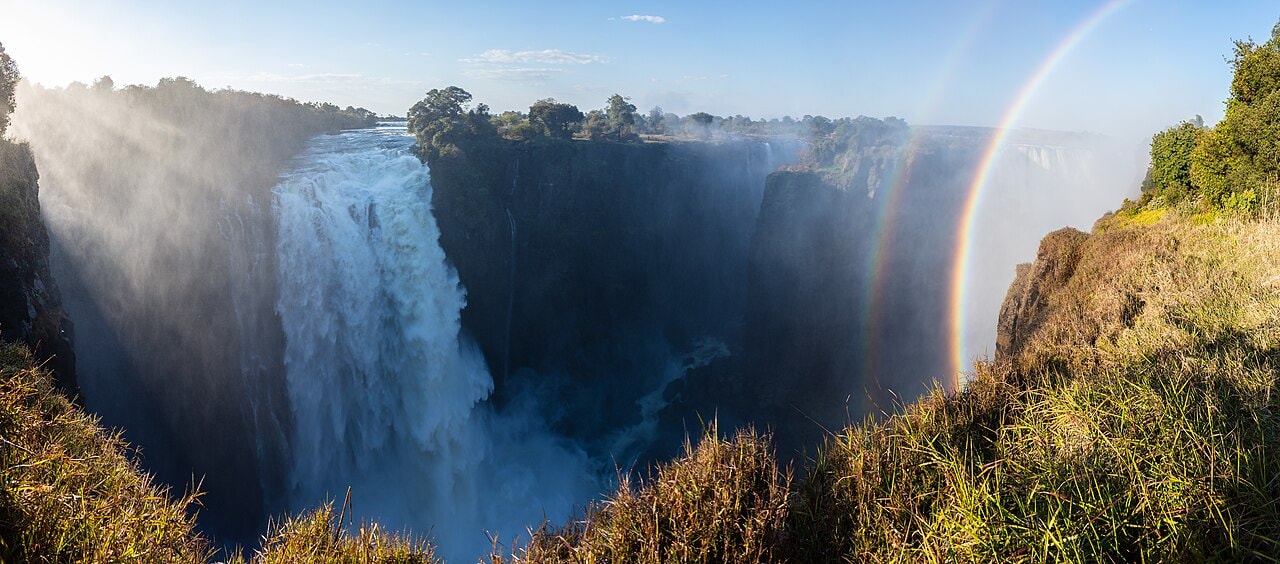
By Diego Delso, CC BY-SA 4.0, https://commons.wikimedia.org/w/index.php?curid=73750660
Victoria Falls, straddling the border of Zambia and Zimbabwe in southern Africa, is a natural phenomenon and the world’s largest waterfall. This UNESCO World Heritage Site spans over a mile wide and plunges more than 350 feet into the Zambezi Gorge, creating a spectacular spray and mist that can be seen from miles away. Visitors can experience the awe-inspiring power of the falls by taking guided tours to the edge or embarking on thrilling white-water rafting trips down the Zambezi River. The surrounding lush tropical rainforest is teeming with wildlife, including elephants, lions, and giraffes, adding to the allure of this mesmerizing place.
THE CLIFFS OF MOHER
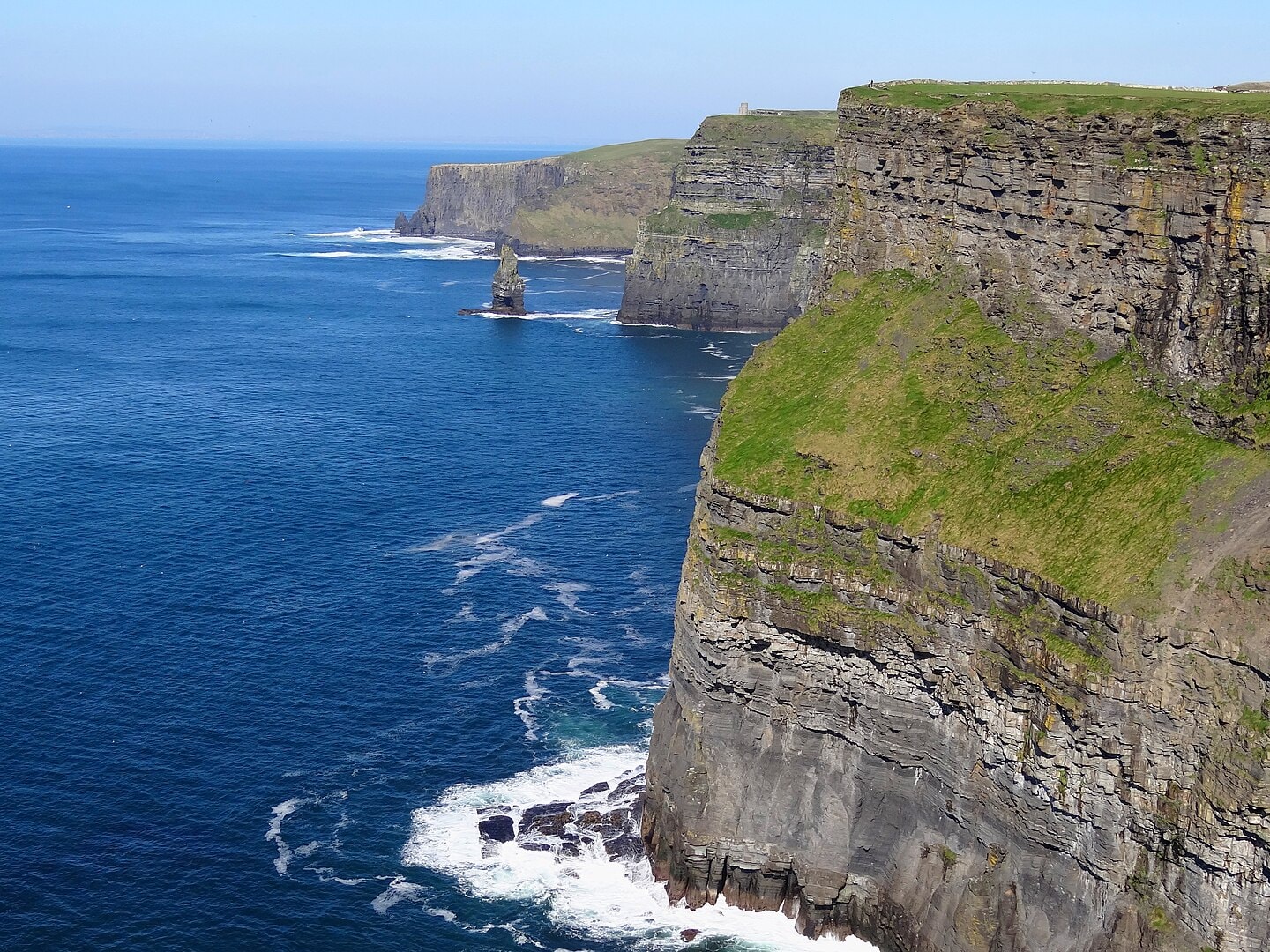
By Bjørn Christian Tørrissen - Own work by uploader, http://bjornfree.com/galleries.html, CC BY-SA 3.0, https://commons.wikimedia.org/w/index.php?curid=19782818
The Cliffs of Moher, located on the west coast of Ireland, are a natural spectacle that stands 702 feet tall and stretches for five miles along the Atlantic Ocean. These dramatic cliffs are one of the country's most mesmerizing places, attracting millions of visitors each year. They offer breathtaking views of the ocean and the Aran Islands. The cliffs are home to a variety of seabirds, including puffins, gannets, and guillemots, making it a haven for birdwatchers. Visitors can take a scenic walk along the cliff tops, where they can also admire the diverse flora, including wildflowers, grasses, and mosses, that thrive in this rugged environment. A visit to the Cliffs of Moher is truly unforgettable.
THE AVENUE OF THE BAOBABS
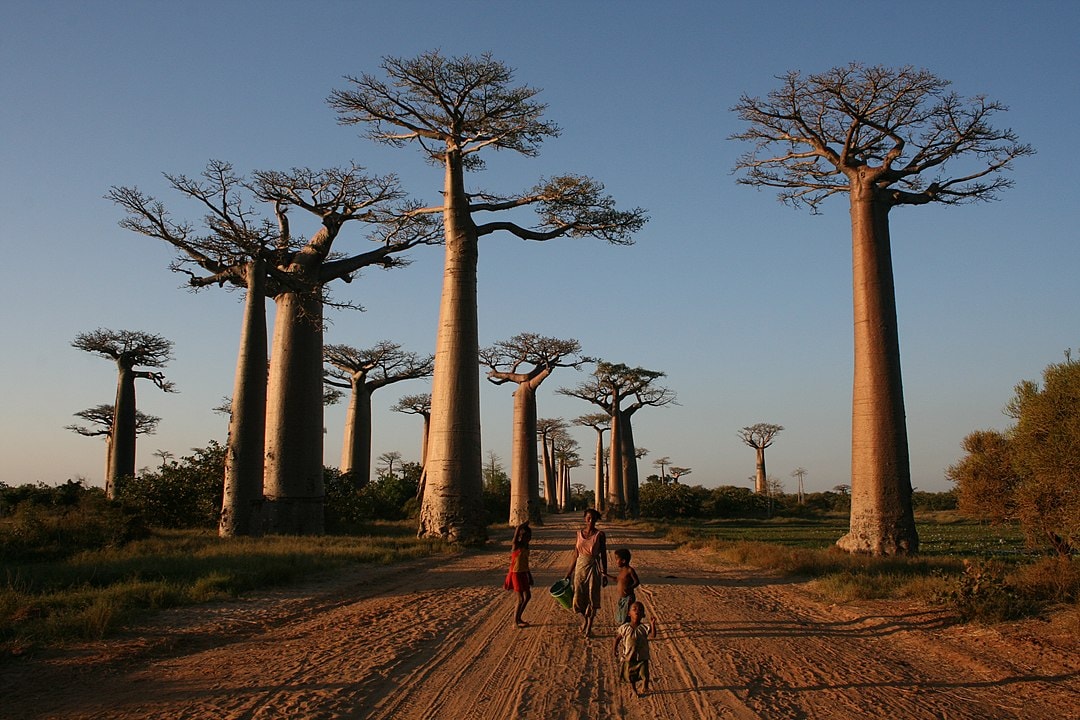
By Gavinevans - Own work, CC BY-SA 3.0, https://commons.wikimedia.org/w/index.php?curid=15795997
The Avenue of the Baobabs in Madagascar is a natural phenomenon featuring a row of giant baobab trees that can reach up to 100 feet tall and are estimated to be over 800 years old. This unique scenery attracts visitors from around the world who come to marvel at the ancient trees and the breathtaking views they offer. The avenue is also home to a variety of wildlife, including lemurs, birds, and insects, making it a fascinating destination for nature lovers. A scenic drive along the avenue provides an unforgettable experience, showcasing the beauty and majesty of these iconic trees and the surrounding scenery.
THE DOOR TO HELL NATURAL PHENOMENON
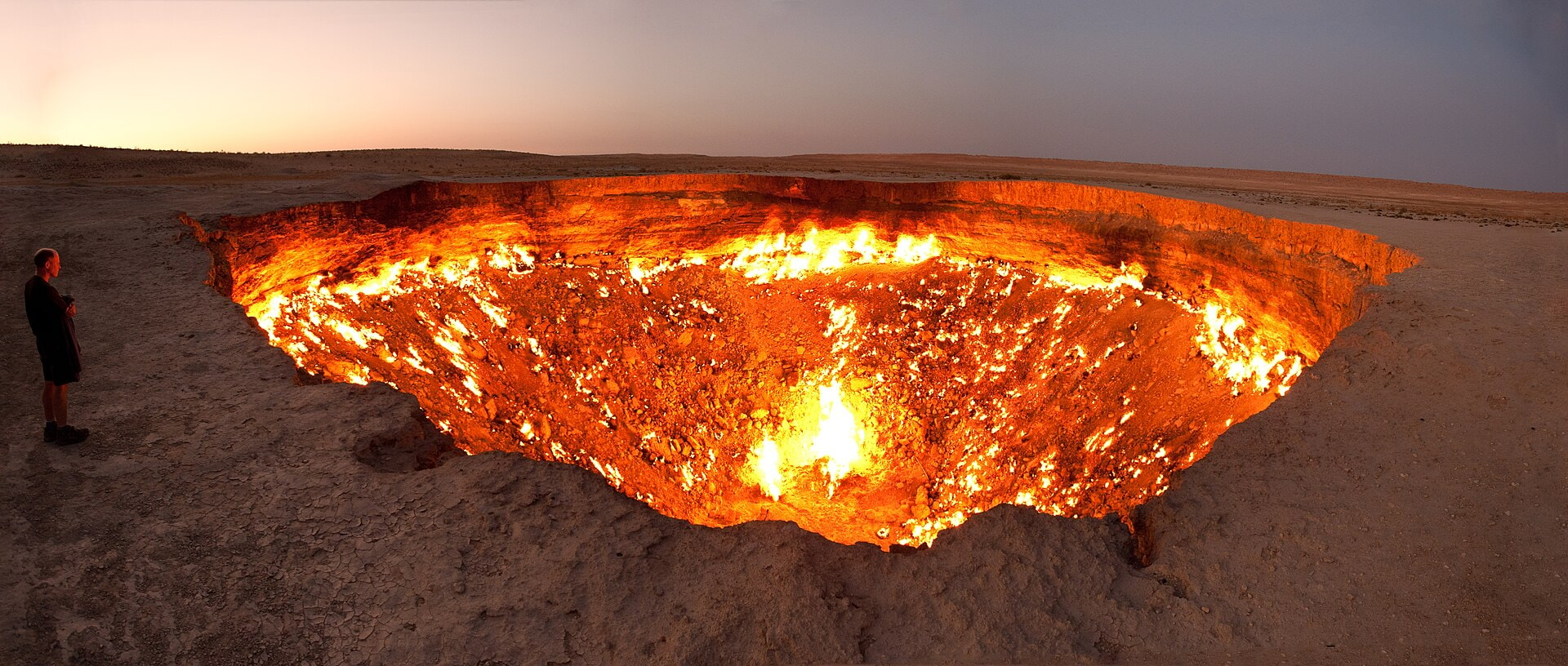
By Tormod Sandtorv - Flickr: Darvasa gas crater panorama, CC BY-SA 2.0, https://commons.wikimedia.org/w/index.php?curid=18209432
The Door to Hell, located in Turkmenistan, is a natural phenomenon that has fascinated and intrigued visitors for decades. This massive crater, formed when a natural gas field collapsed, has been burning continuously since 1971, creating a surreal and otherworldly landscape.
The crater, about 230 feet in diameter and 65 feet deep, emits flames that can be seen from a distance, casting an eerie glow over the surrounding desert.
IGUAZU FALLS NATURAL SPECTACLE
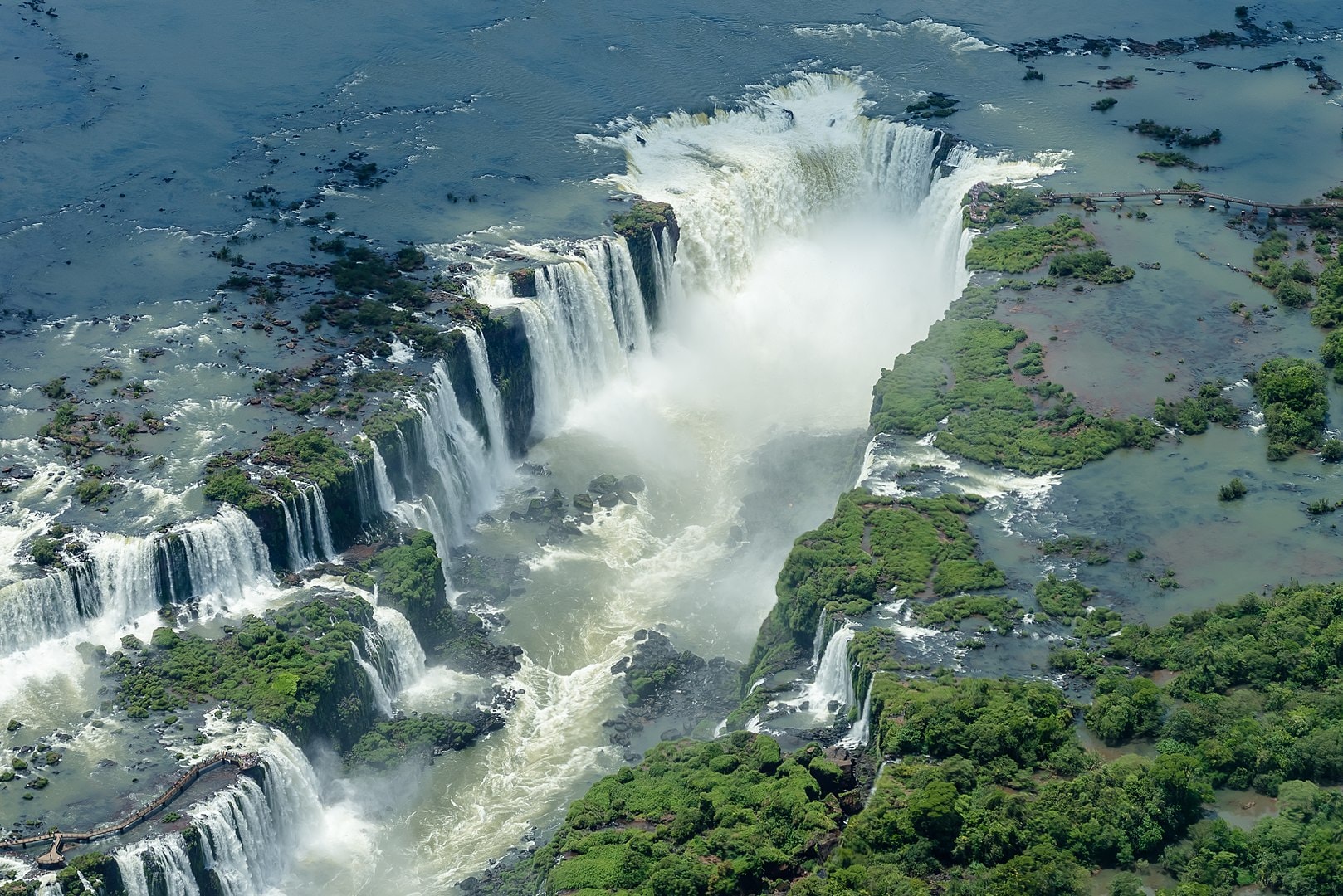
By Enaldo Valadares - Own work, CC BY-SA 3.0, https://commons.wikimedia.org/w/index.php?curid=32922684
Iguazu Falls, straddling the border of Argentina and Brazil, is a natural spectacle that leaves visitors in awe of its sheer scale and beauty. This massive waterfall system consists of over 275 individual falls, spanning almost 1.7 miles and creating a breathtaking panorama of cascading water.
Surrounded by lush tropical rainforest, Iguazu Falls is home to a diverse array of wildlife, including toucans, jaguars, and butterflies.
Man-made Marvels:
PALACE OF VERSAILLES UNESCO WORLD HERITAGE SITE
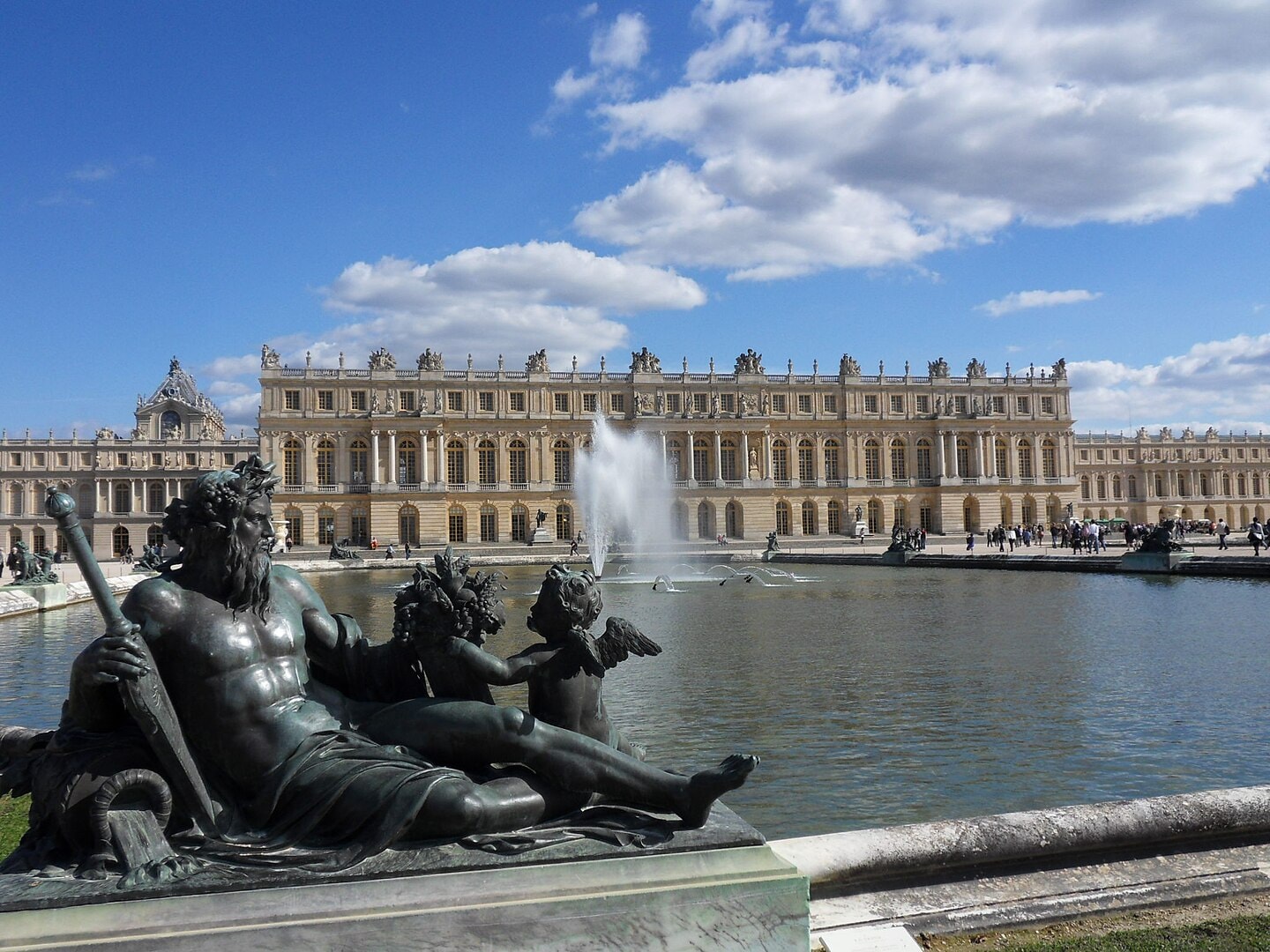
By G CHP - Own work, CC BY-SA 2.5, https://commons.wikimedia.org/w/index.php?curid=12214780
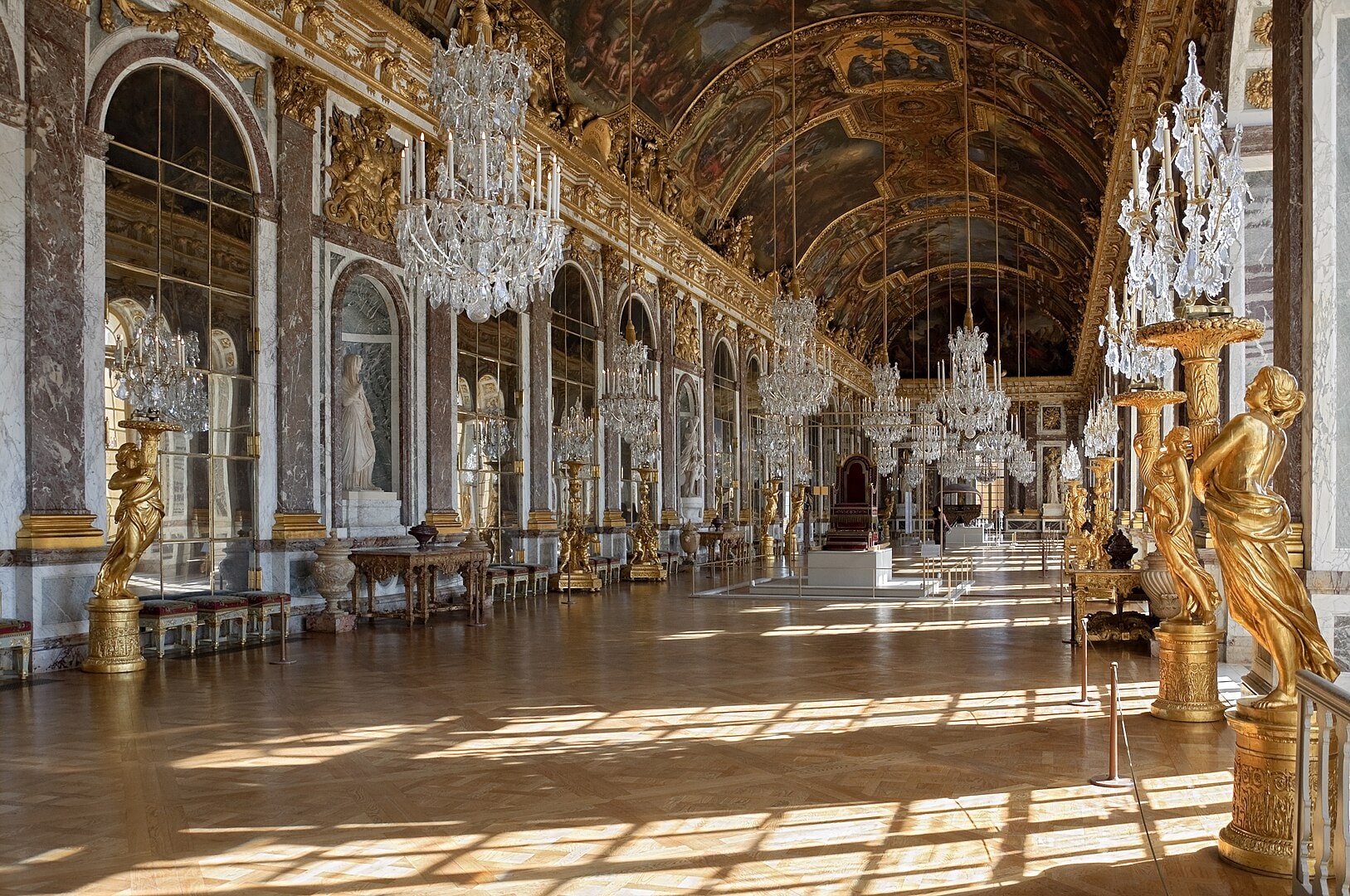
By Photo: Myrabella / Wikimedia Commons, CC BY-SA 3.0, https://commons.wikimedia.org/w/index.php?curid=15781169
One of the most opulent palaces in the world is the Palace of Versailles outside of Paris, a cultural marvel in Europe. The residence of French royalty for more than 100 years until the French Revolution in 1789, the sprawling palace has 2,300 rooms and attracts millions of visitors a year. Historians debated its cost, but low-end estimates put its price tag at about $2 billion. The chateau includes royal apartments, a museum, manicured gardens, an opera, a chapel, and the famous hall of mirrors.
PETRA AMAZING ANCIENT CITY carved
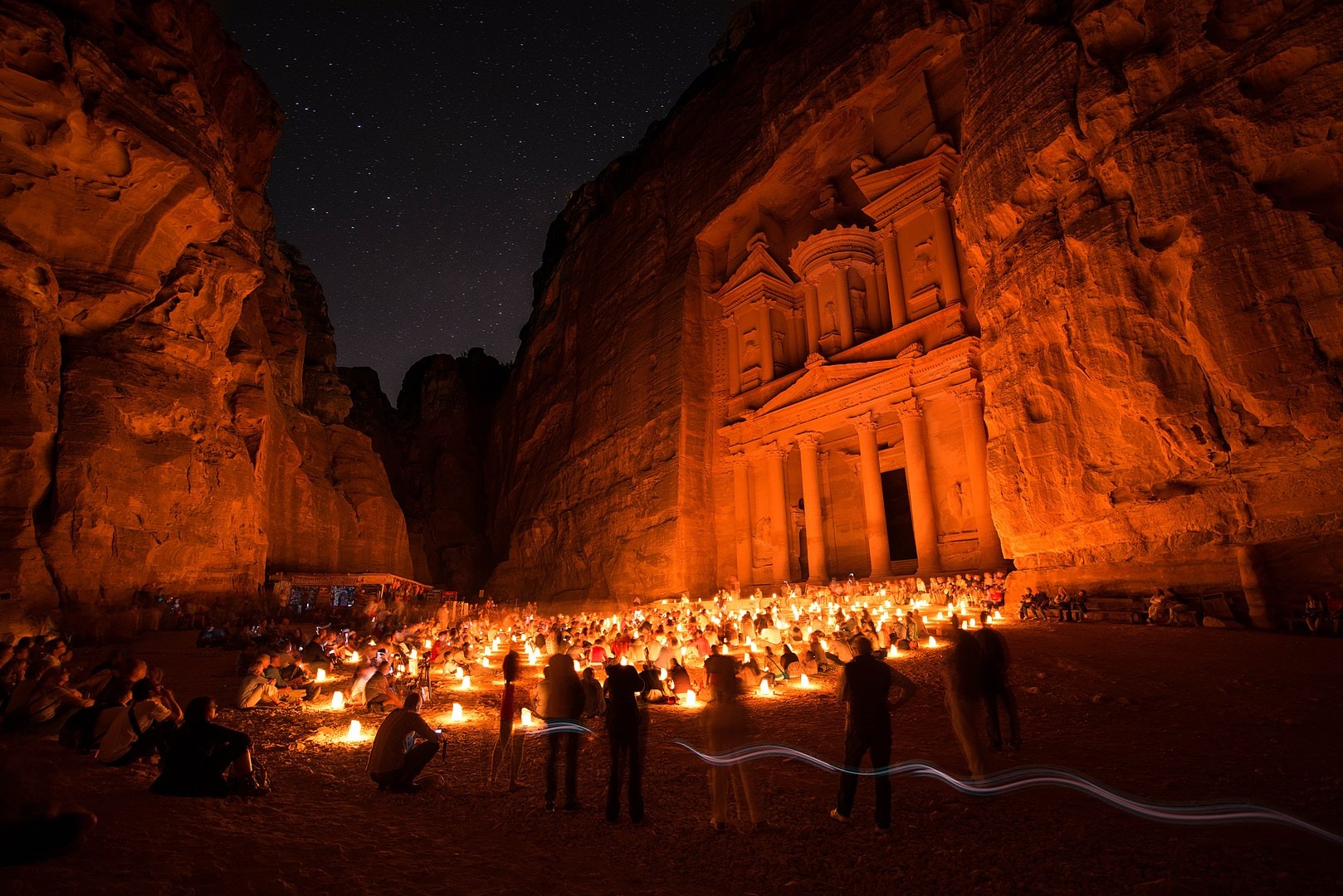
By Susanahajer, CC BY-SA 3.0, https://commons.wikimedia.org/w/index.php?curid=35798017
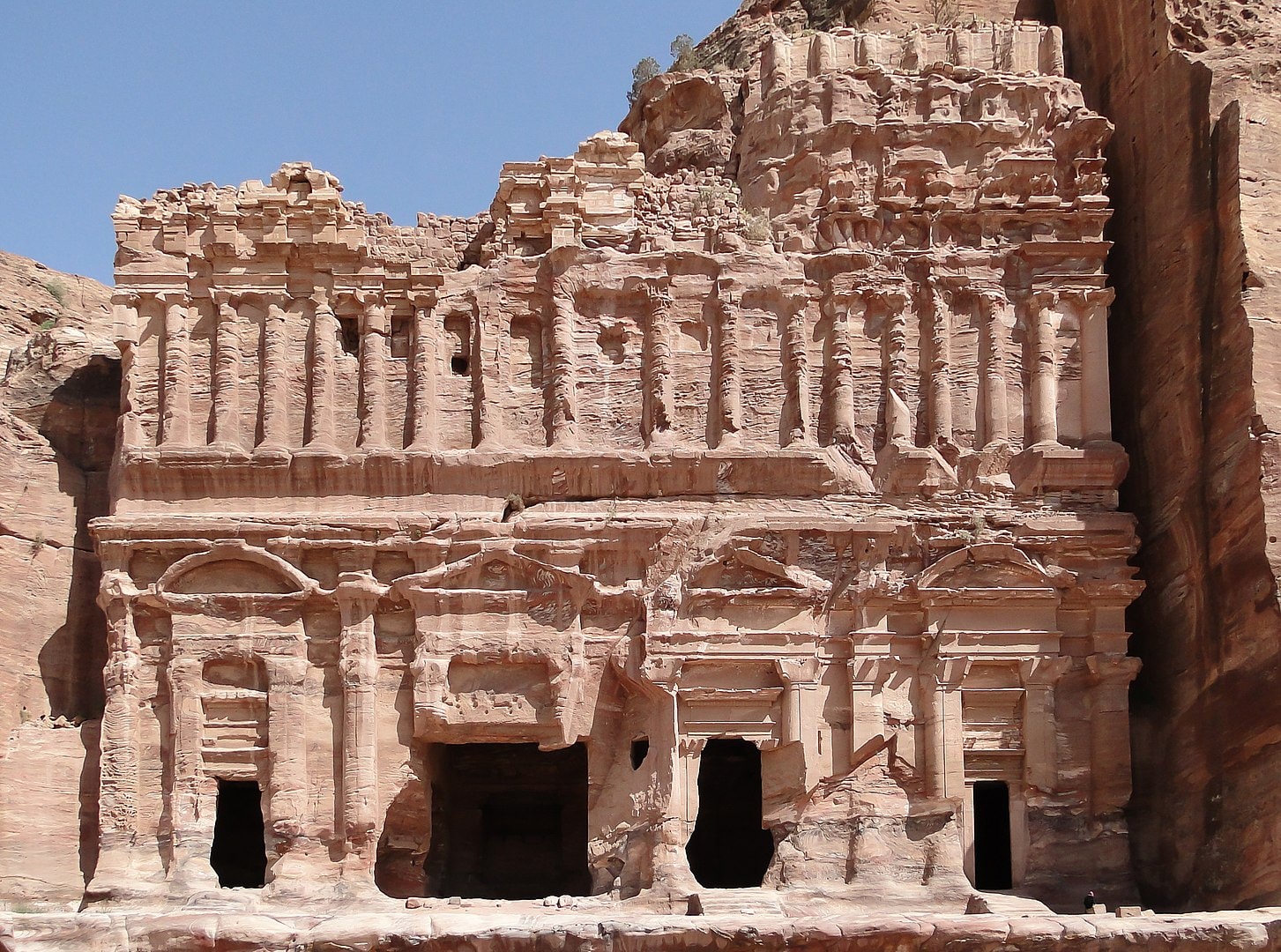
By Bernard Gagnon - Own work, CC BY-SA 3.0, https://commons.wikimedia.org/w/index.php?curid=13507740
Petra, an amazing ancient city carved into the sandstone cliffs of Jordan, is a marvel of human ingenuity and natural beauty. This UNESCO World Heritage Site, also known as the Rose City, attracts millions of visitors each year with its surreal rock-cut architecture and rich history. Originally known as Raqmu or Raqēmō, Petra has been inhabited since prehistoric times, serving as a vital crossroads for trade and culture.
The city’s most iconic structure, Al-Khazneh or the Treasury, is a testament to the skill and artistry of its builders. Visitors can visit this ancient city on foot or by horseback, winding through narrow canyons and marveling at the intricate facades carved directly into the cliffs. The natural beauty of the surrounding landscape, combined with the awe-inspiring architecture, makes Petra a truly mesmerizing place to visit.
TAJ MAHAL CULTURAL MARVEL
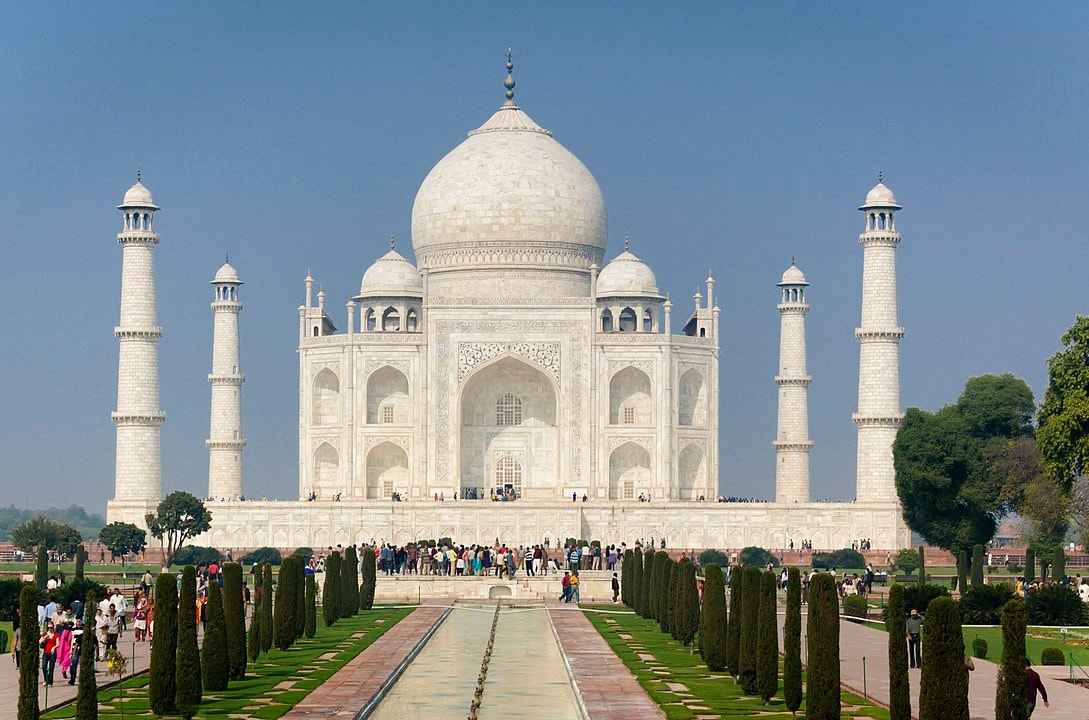
By Matthew T Rader, https://matthewtrader.com, CC BY-SA 4.0, https://commons.wikimedia.org/w/index.php?curid=88587905
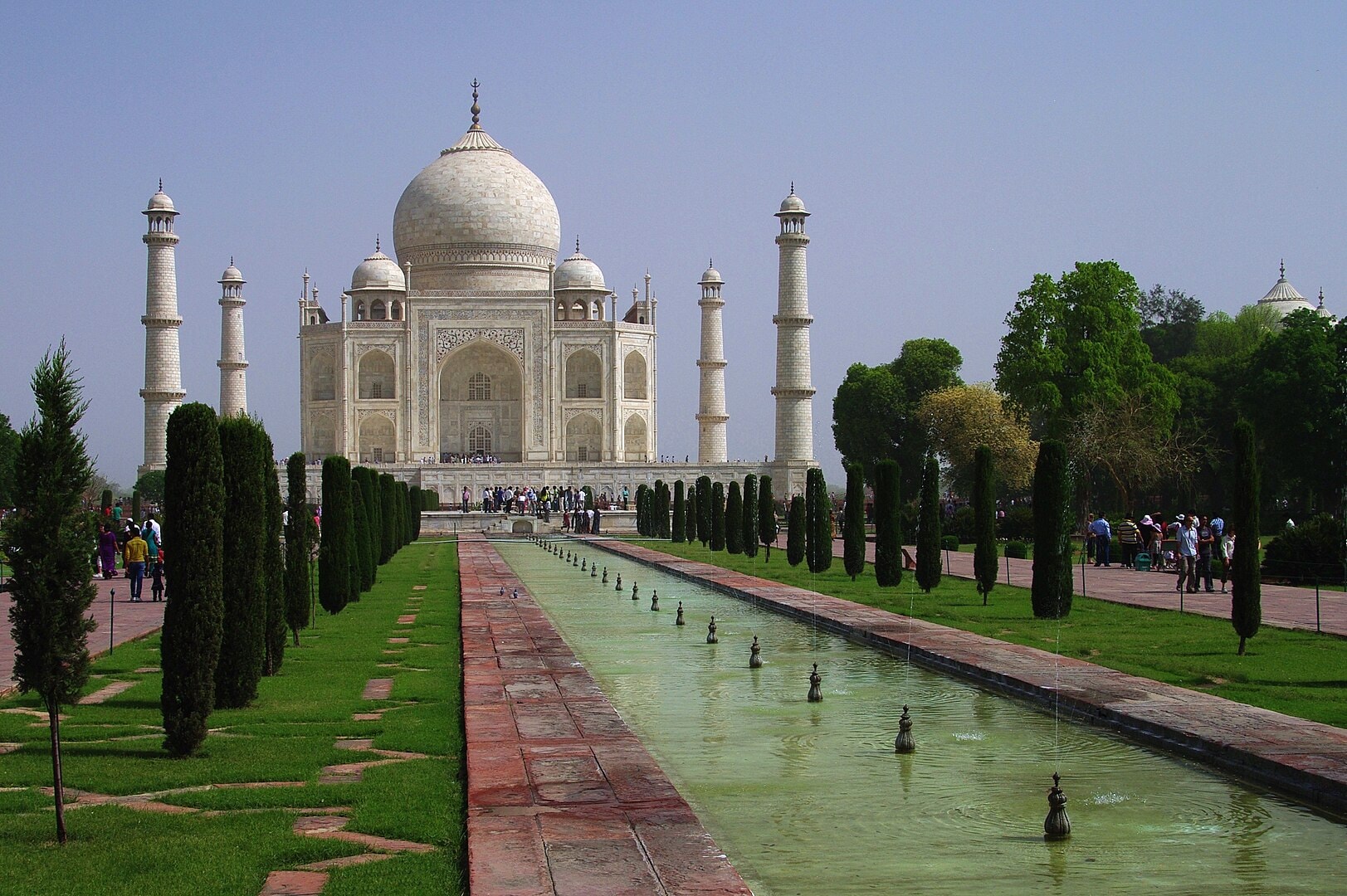
By Jean-Marc Astesana from Voisins le Bretonneux, France - Taj Mahal, CC BY-SA 2.0, https://commons.wikimedia.org/w/index.php?curid=99866075
The Taj Mahal, located in Agra, India, is a cultural marvel and one of the most beautiful buildings in the world. This stunning white marble mausoleum was built by Mughal Emperor Shah Jahan in memory of his beloved wife, Mumtaz Mahal. A masterpiece of Mughal architecture, the Taj Mahal seamlessly blends Indian, Persian, and Islamic styles, creating a harmonious and breathtaking structure.
The building’s intricate inlays and ornate decorations are made from precious stones, including jasper, jade, and turquoise, adding to its ethereal beauty. The Taj Mahal is not just a monument; it is a symbol of eternal love and a testament to human creativity and devotion.
NASIR AL-MULK MOSQUE ARCHITECTURAL WONDER
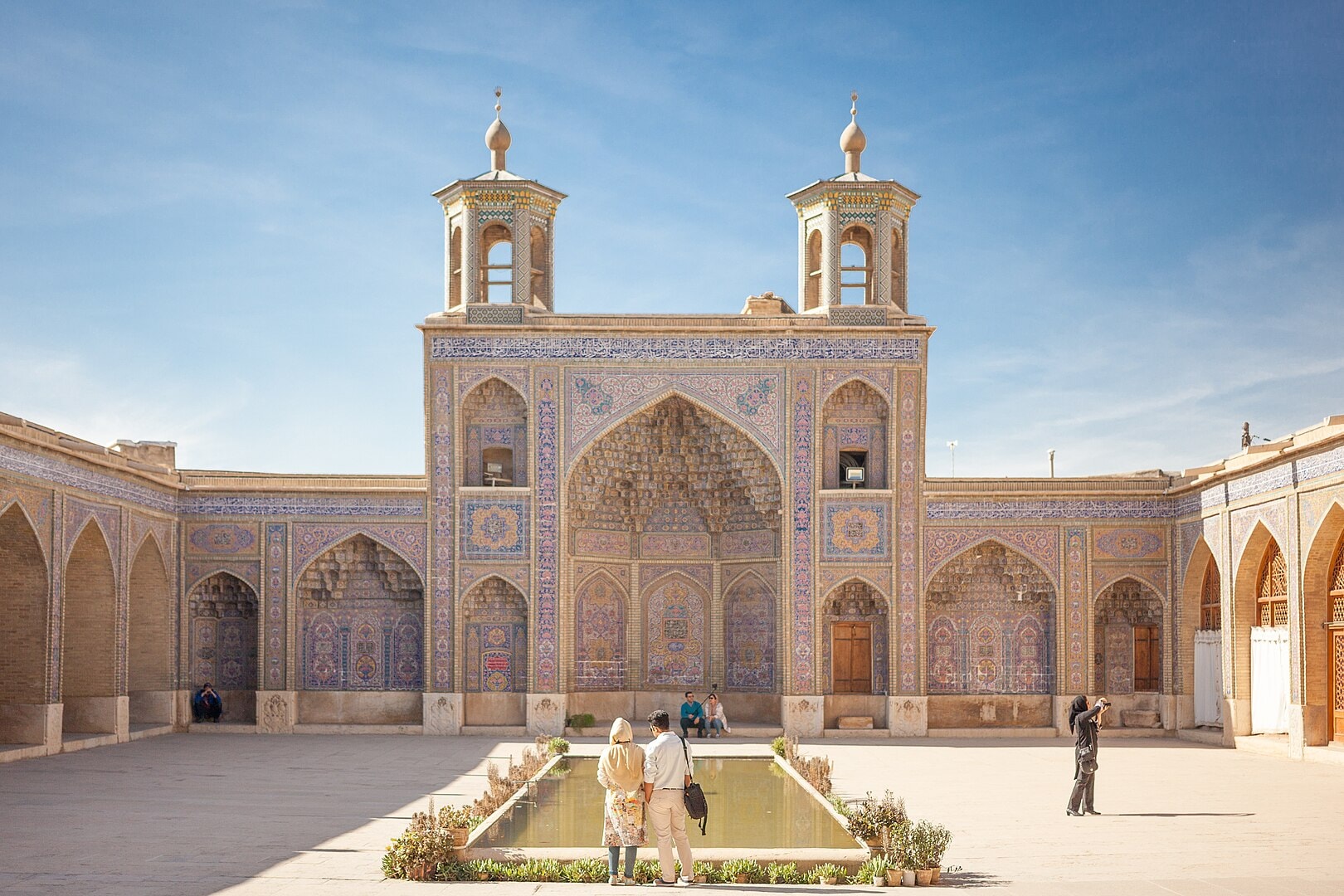
By Matt Biddulph from UK - Nasir ol Molk Mosque, CC BY-SA 2.0, https://commons.wikimedia.org/w/index.php?curid=70141879
The Nasir al-Mulk Mosque, located in Shiraz, Iran, is an architectural wonder that captivates visitors with its kaleidoscopic stained-glass windows and intricate tile work. Known as the “Pink Mosque” due to the rosy hue of its tiles, this stunning structure is a testament to the skill and artistry of Iranian artisans.
As sunlight streams through the stained-glass windows, it creates a dazzling display of color and light, transforming the mosque’s interior into a vibrant, otherworldly space. The mosque’s intricate geometric tiles and ornate decorations further enhance its beauty, making it a must-visit destination for anyone interested in architecture, history, and culture.
MACHU PICCHU
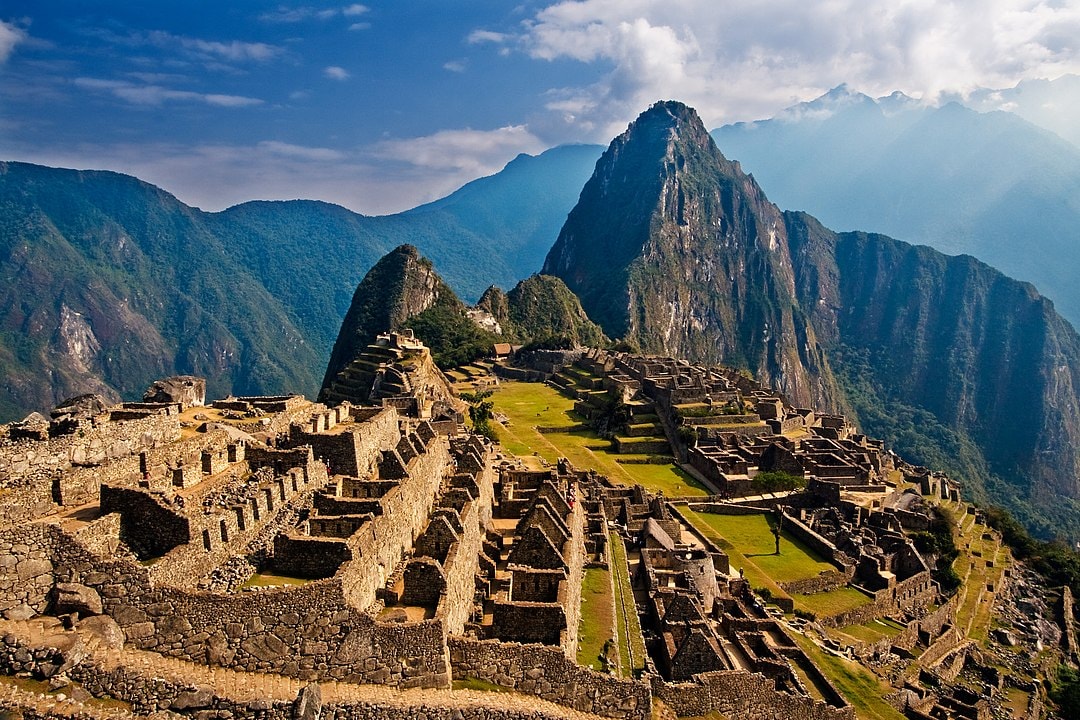
By Pedro Szekely at https://www.flickr.com/photos/pedrosz/ - https://www.flickr.com/photos/pedrosz/2115782565/, CC BY-SA 2.0, https://commons.wikimedia.org/w/index.php?curid=14660546
Machu Picchu, a cultural marvel and an amazing ancient city carved into the side of a mountains in Peru, is one of the most famous and mysterious sites in South America. Built by the Inca civilization in the 15th century and abandoned before the arrival of the Spanish conquistadors, this UNESCO World Heritage Site offers visitors a glimpse into a bygone era. Travelers can take a scenic train ride to the foot of the mountain or a hot air balloon tour and then hike up to the ruins, where they are rewarded with breathtaking views of the Andean mountains. The site is also home to a variety of wildlife, including llamas, alpacas, and condors, making it a truly mesmerizing place to visit.
Embrace the Journey
These are just a few examples of the many mesmerizing places that await you around the globe. Each destination offers a unique experience, a chance to connect with nature, history, and different cultures. So pack your bags, grab your camera, and embark on a journey of discovery.
Remember to equip yourself with the right gear, including a reliable travel wallet and durable adventure essentials, to ensure a comfortable and memorable experience.
Safe Travels and Happy Exploring with Coldfire!

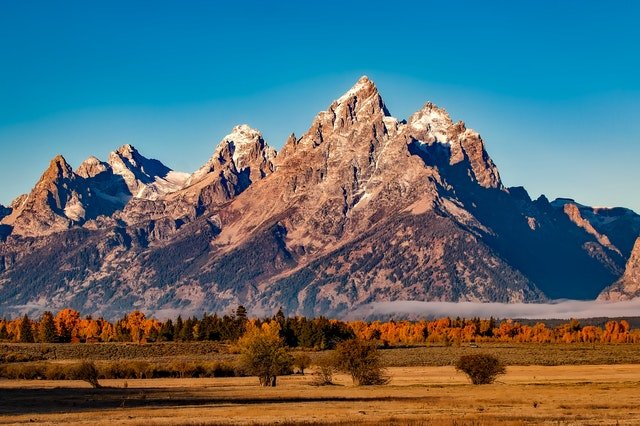



Share:
Tips for Becoming a More Climate Friendly Traveller
5 Fashionable Men's Accessories